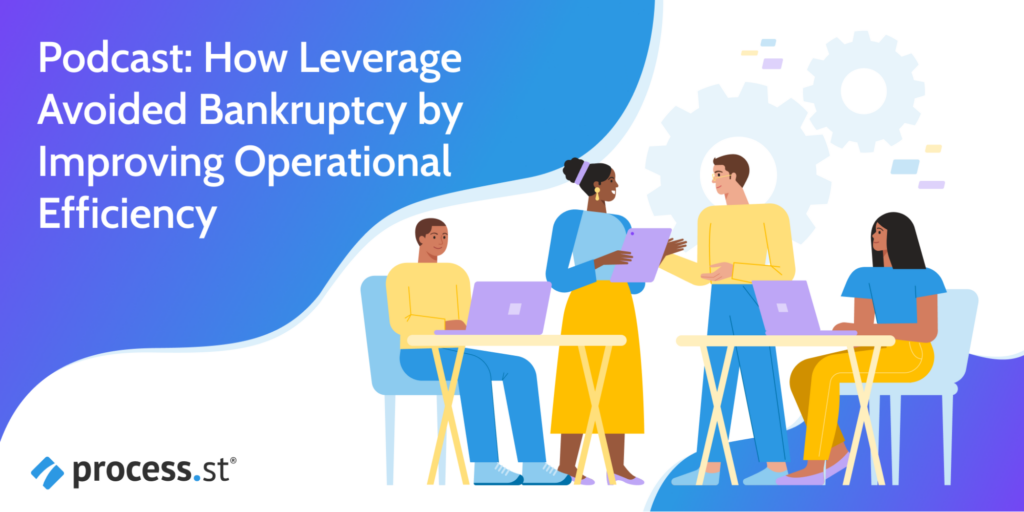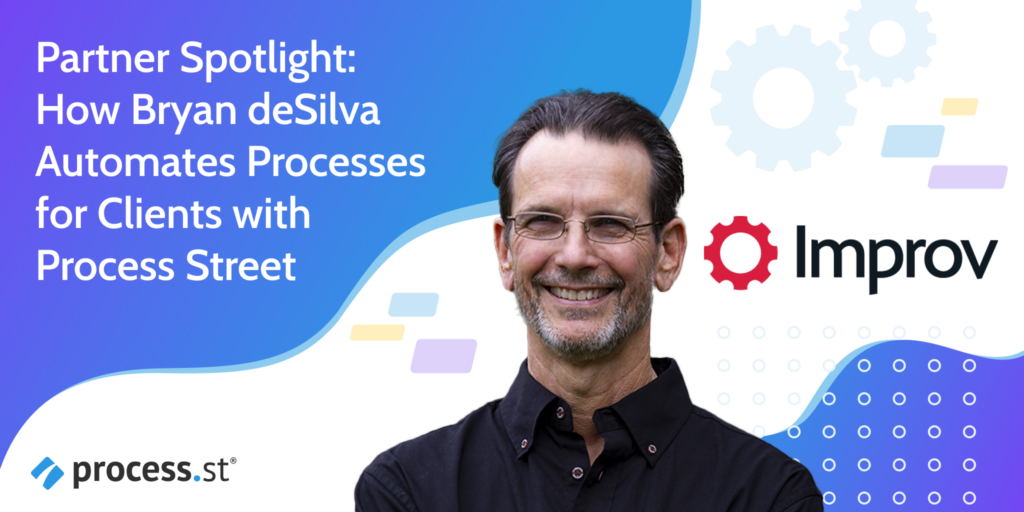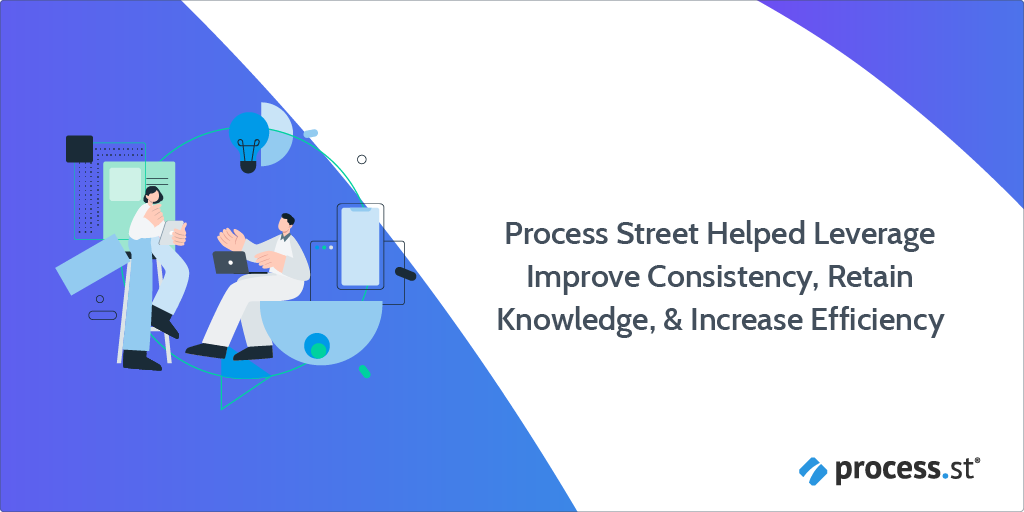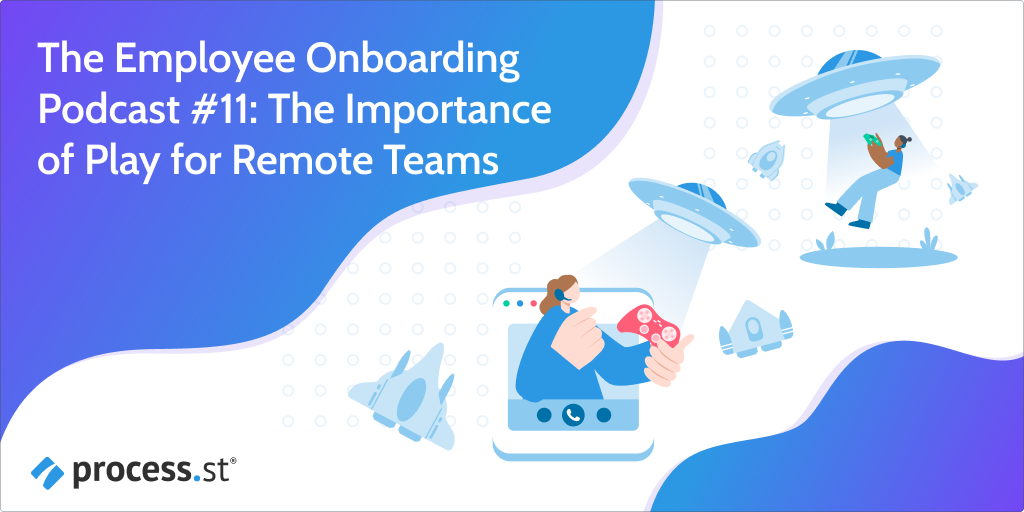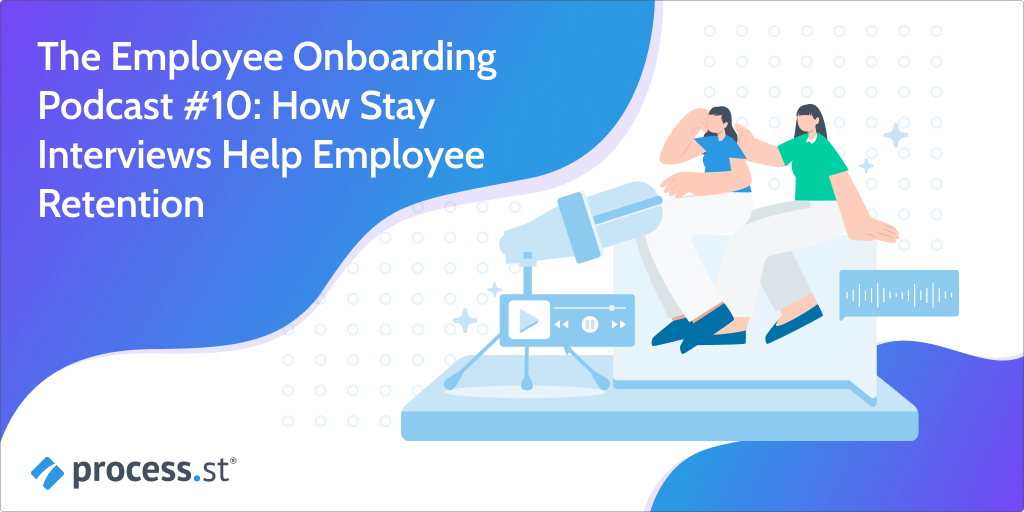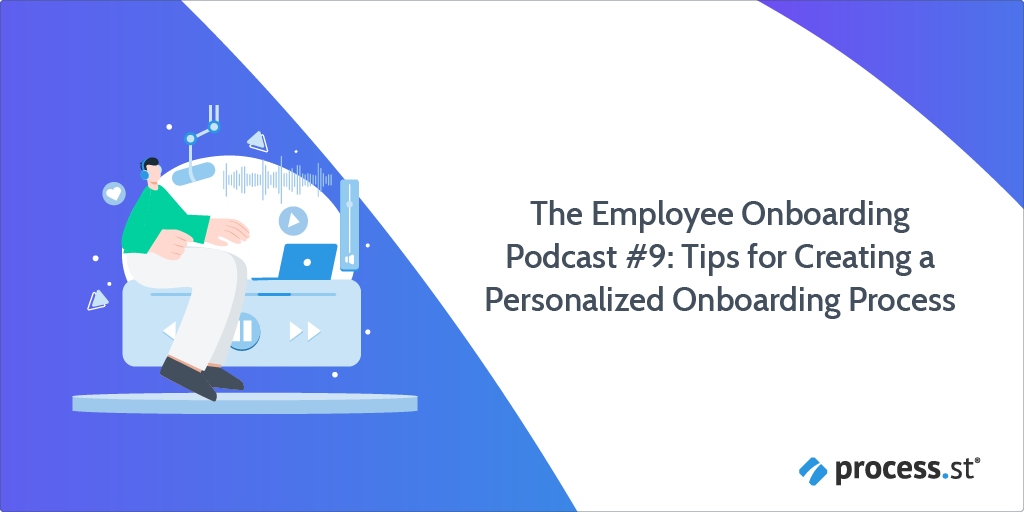
Private equity processes are complex and involve multiple stages, from deal sourcing and due diligence to portfolio management and exit strategies.
To streamline these operations, many firms rely on templates to ensure consistency, efficiency, and accuracy throughout each phase. Templates for financial modeling, due diligence checklists, management reports, and client communication help standardize the approach, reduce errors, and improve collaboration across teams.
By utilizing these tools, private equity firms can focus on making informed decisions, optimizing portfolio performance, and driving value creation.
This article explores the key private equity processes and provides the essential templates that simplify and enhance them.
Continue Reading








